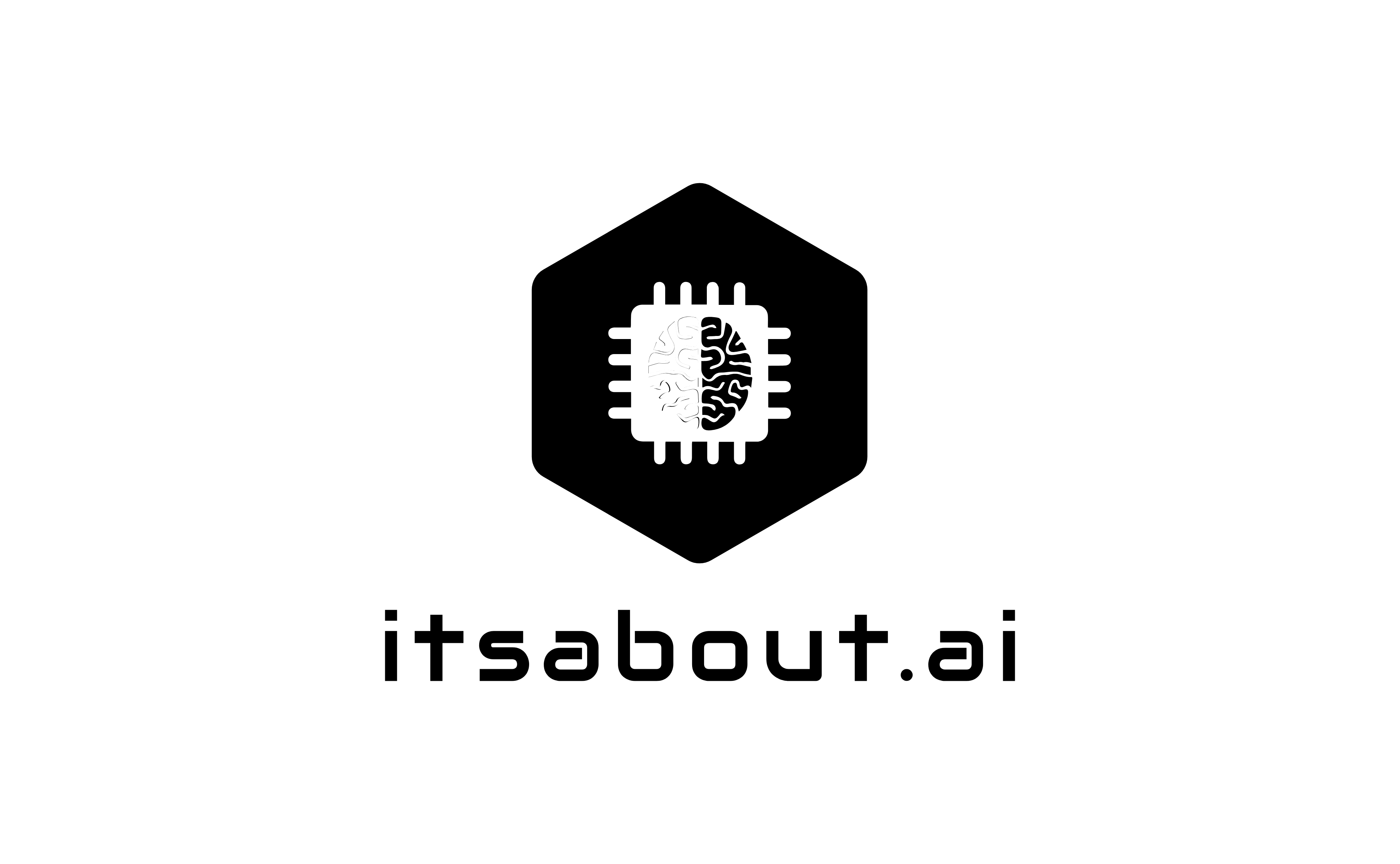Why RAG is Important vs Fine-Tuning and Training

In the swiftly changing realm of artificial intelligence, companies are pursuing the most effective methods to optimise Large Language Models (LLMs) for their specific needs. Although conventional techniques like fine-tuning and comprehensive training are prevalent, Retrieval-Augmented Generation (RAG) is developing as a more efficient and pragmatic alternative. This essay will examine the significance of RAG, its comparison to fine-tuning and training, and the appropriate contexts for employing each method.
Understanding RAG and Enhanced RAG (eRAG)
Retrieval-Augmented Generation (RAG) is a methodology that improves large language models (LLMs) by incorporating external data sources in real-time. Rather of altering the original model, RAG dynamically acquires pertinent information from a knowledge base to enhance the model’s answers. This enables companies to utilise the most current and precise information without the expensive and time-intensive process of retraining or fine-tuning a large language model.
Enhanced Retrieval-Augmented Generation (eRAG) advances standard RAG by integrating supplementary mechanisms, including contextual reinforcement, ranking models, and refined retrieval algorithms. eRAG seeks to enhance the relevance and contextual awareness of replies by improving the methods of external data retrieval and integration into model outputs.
The Limitations of Fine-Tuning and Training
Fine-tuning entails modifying a pre-trained LLM with a domain-specific dataset to customise its replies for a given application. Although this can enhance performance in particular activities, it necessitates considerable processing resources and regular updates to maintain relevance. Likewise, the comprehensive training of a language model from inception is an exceedingly resource-demanding endeavour, requiring substantial quantities of data, hardware, and experience.
Comparing RAG, eRAG, Fine-Tuning, and Training
To illustrate the differences between these approaches, here’s a comparative table:
| Feature | RAG | eRAG | Fine-Tuning | Full Training |
| Data Updating | Real-time retrieval from external sources | Real-time retrieval with enhanced context | Requires periodic updates | Requires continuous retraining |
| Cost | Low (no model modifications) | Moderate (advanced retrieval systems) | Medium (compute for training) | High (significant compute required) |
| Implementation Time | Quick (integrate with knowledge base) | Moderate (tuning retrieval mechanisms) | Moderate (training cycles required) | Long (requires extensive training) |
| Accuracy | High (with quality retrieval sources) | Very High (context-aware retrieval) | High (within trained domain) | High (if trained on extensive data) |
| Flexibility | Very High (adaptable to new data) | Very High (adaptive contextual retrieval) | Moderate (limited to trained data) | Low (locked into trained dataset) |
| Hardware Demand | Low to Medium | Medium to High | Medium to High | Very High |
Why RAG and eRAG are the Future
The primary benefit of RAG is its capacity to integrate the most recent information without altering the foundational LLM. eRAG enhances retrieval quality and contextual comprehension. This is especially advantageous for enterprises and groups that necessitate:
- Real-time knowledge integration: Staying abreast of swiftly changing information, including financial markets, regulatory compliance, and research developments.
- Lower operational costs: Mitigating the substantial expenses associated with retraining extensive models while enhancing response quality.
- Scalability: Effortlessly augmenting knowledge repositories without the need for extensive data reprocessing.
- Enhanced contextual relevance: eRAG guarantees that recovered information is not only precise but also contextually pertinent, hence minimising inaccuracies in AI answers.
Although fine-tuning and comprehensive training remain relevant in specialised applications, RAG and eRAG offer persuasive alternatives that optimise cost, flexibility, and precision.
Conclusion
RAG is revolutionising organisational AI utilisation by facilitating dynamic knowledge retrieval, minimising expenses, and obviating the necessity for frequent model retraining. eRAG further augments this methodology by enhancing retrieval quality and contextual precision. Although fine-tuning and comprehensive training possess merits in particular contexts, RAG and eRAG provide exceptionally adaptable and efficient solutions for ensuring current and accurate AI-generated responses.

[…] long ago, I wrote about why Retrieval-Augmented Generation (RAG) is such a pivotal architecture in modern AI workflows, particularly when compared to fine-tuning and training from scratch. The core argument was simple: […]